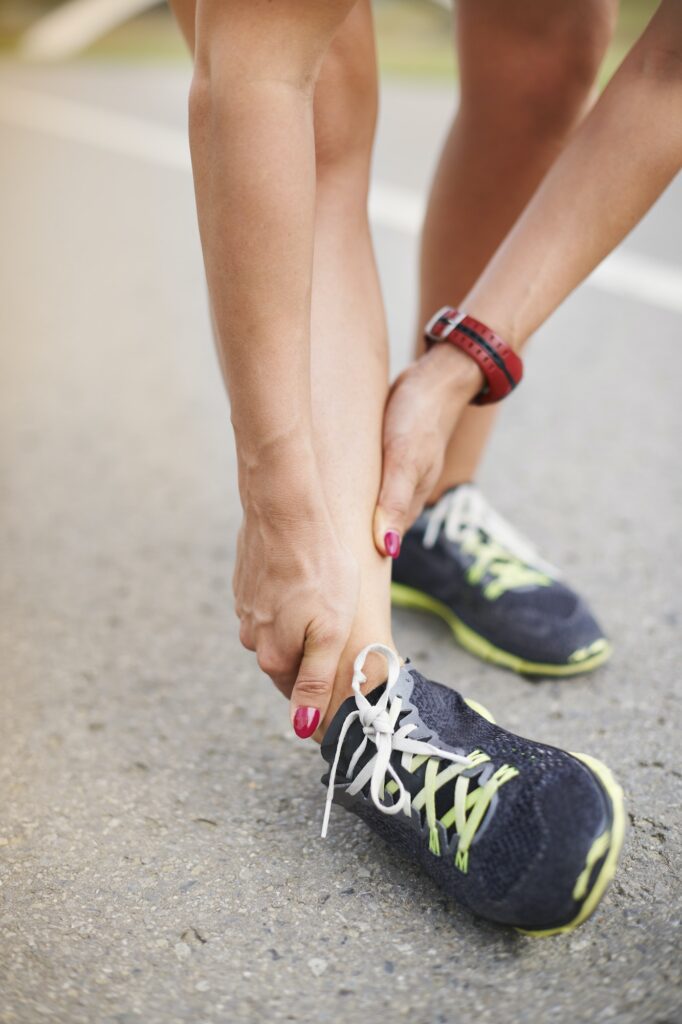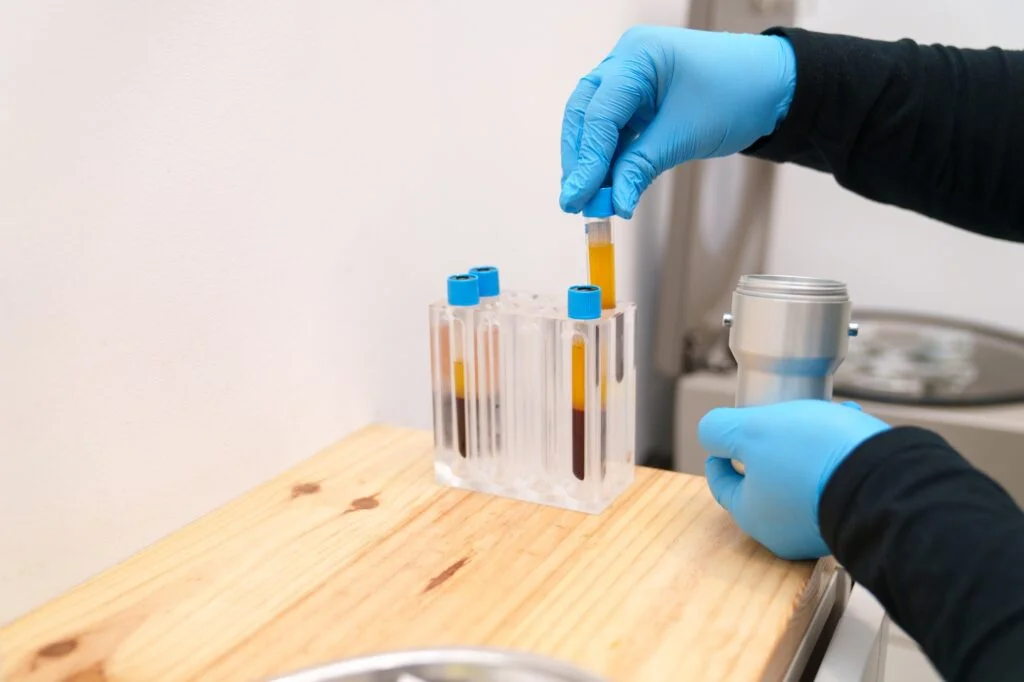Platelet-rich plasma (PRP) has received a lot of press lately, especially for helping professional athletes recover from injuries – without undergoing surgery – and getting back into the game. But PRP is not just for professionals –all types of people can benefit as well.
What is Platelet-Rich Plasma?
Platelets are a blood component often associated with clotting. However, they also play an important role in recovery, secreting proteins that stimulate cell growth.
PRP is exactly what the name implies – plasma with more than the usual concentration of platelets. The idea is that more platelets will induce more healing. PRP can have five to ten times as many platelets as normal plasma, so that’s potentially a lot of healing power.
To create PRP, clinicians first draw a little blood. From there, they use a centrifuge to separate the platelets from other blood components. This concentrated PRP is then applied to the specific area that needs healing.
PRP is often injected into the injury itself to reduce inflammation and promote healing. Though effective, PRP is not instantaneous. It often takes several weeks for patients to feel the benefits.
In addition, PRP can be used to help patients heal following surgery. In this case, a PRP preparation is used to treat the injured area during the procedure.
PRP can be valuable to help repair a number of different types of injuries. Professional athletes often use it to treat injured muscles and ligaments. It can also be used for chronic tendon injuries, such as tennis elbow.
For those who may be suffering from arthritis in the knees, PRP may offer a non-invasive way to reduce pain and increase function.
While PRP is not a magic bullet, it is rapidly becoming an incredibly useful tool to help patients overcome musculoskeletal injuries. In many cases, it can support healing without surgery, providing a gentler alternative to promote healing.




